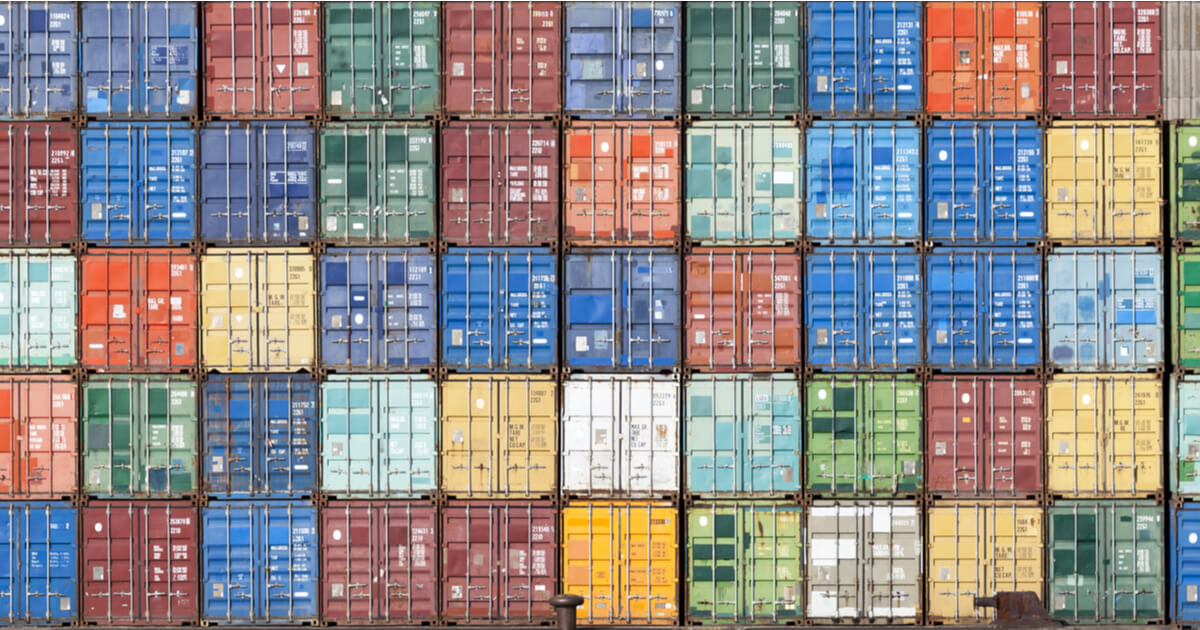
American ports face another perfect storm that could disrupt supply chains and cause unprecedented bottlenecks.
The Port of New York and New Jersey is already experiencing unusual delays as cargo vessels have been rerouted from backlogged California ports to the East Coast. Recent reports indicate container dwell times have risen to an average of 11 days at the Port of Oakland, considered among the most congested.
Conditions at the Port of Los Angeles have also worsened. Vessels are stuck in port for more than five days, and container dwell times have reached almost 12 days. Rail transportation has also become clogged, with delays of more than six days impacting freight movement. Officials made strides to move containers more efficiently by opening storage areas and threatening daily fines for late pickups.
“Today, rail boxes are waiting more than six days to get on a train. That’s triple the dwell time compared to pre-pandemic days,” Port of Los Angeles executive director Gene Seroka reportedly said. “Rail volume is up six-fold since February. We need more rail assets in place at America’s busiest port complex. It’s important that all stakeholders redouble efforts to maximize rail cargo off our docks and into the domestic economy.”
Volume rose quickly along the 2,300-mile, 100 port, Great Lakes-St. Lawrence Seaway System after opening for business in March. Iron ore and grain products are positioned to experience significant increases in 2022. But retailers are pushing for early deliveries at the same time China is predicted to end a Covid-related lockdown.
The Asian manufacturing giant’s Covid policy has stifled the Port of Shanghai, and now U.S. ports brace for a tsunami of imports. Reports coming out of the region indicate Shanghai’s top priority will be resuming industrial production and manufacturing, according to Deputy Mayor Zong Ming.
“From June 1 to mid- and late June, as long as risks of a rebound in infections are controlled, we will fully implement epidemic prevention and control, normalize management, and fully restore normal production and life in the city,” Zong reportedly said.
That means containers will be filled and hauled to awaiting vessels bound for the U.S. Inflation, high fuel prices at the pump, and other economic factors have not tamped down consumer spending as product shortages persist. June could be a metaphorical opening of the flood gates that results in ports experiencing logjams that outpace 2021.
“The vessel backlogs at the heart of U.S. supply-chain congestion have receded in some places, but reared up in others, including East Coast ports, while other problems that have rippled across logistics networks remain in place,” the Wall Street Journal reported. “Warehouses are full. Trucking companies and railroads are short workers and equipment. And container yards at ports are jammed with hundreds of thousands of boxes.”
First-quarter imports increased by 6.6 percent year-over-year, with China in lockdown mode and consumer spending up through April. The London-based Drewry Shipping Consultants indicates upwards of 26 container ships worth of goods failed to leave Chinese ports during April alone. Those, and many other exports, are expected to make sail in the coming months, and U.S. ports and supply chains appear unprepared.











Doesn’t seem real . How did we handle the freight before the viruses? With more people out of work and prices higher , where does the money come from ?
Perhaps there is more people at the government teat ? But printing money increases inflation . Strange .
Don’t worry about the incredible increase in diesel. These savvy port owner operators don’t mind that as long as they can just whine about it. They’ll suck it up-like always.
What you mean suck it up cupcake